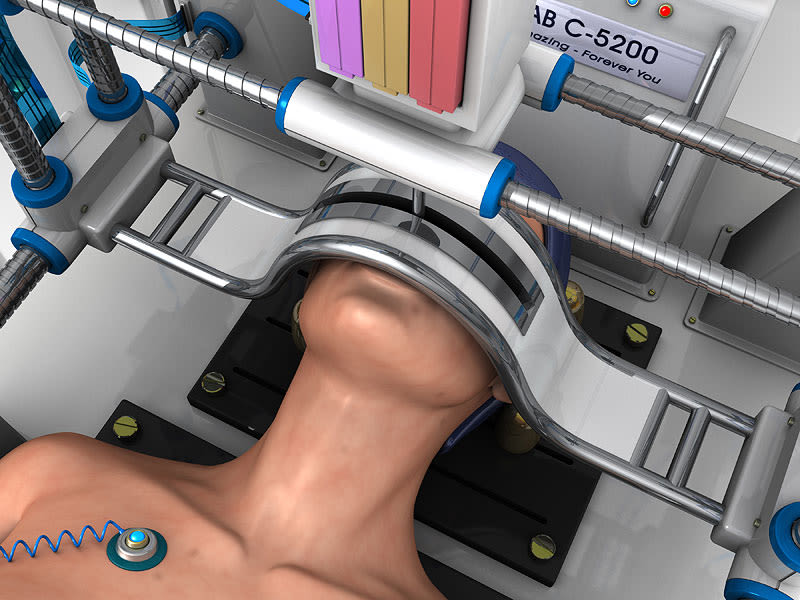
With the rapid creation and implementation of innovations at the global level, the impact of nanotechnology on the economies of different countries is growing. The development and commercialization of products that use nanotechnology can improve position in the global market – and there are already companies working in this direction.
Nanotechnology in the United States, Europe, Asia
The development of nanotechnological innovations differs in the same Europe and the United States. It was in America that they began to develop actively, when Richard Feyman first described the phenomenal method of manipulation of matter at the molecular level, and the Japanese physicist Norio Taniguchi in 1974 defined it as “nanotechnology”.
The first large-scale program of nanotechnology innovation in the U.S. was developed by Michael Roko, head of design and development at the U.S. Science Department. In early 1997, Tom Kaleel, advisor to US President Bill Clinton, contacted Roco. He evaluated the economic prospects of nanotechnology development and contributed to the formation of a powerful advanced system called the “National Nanotechnology Initiative”.
Roco has worked with many agencies, companies and financial institutions, securing substantial funding from them. As a result, the project has evolved from a commercial to a government project (on an appropriate scale).
Nanotechnology has evolved and been financed differently in Europe. To keep up with the U.S., European countries rushed to archives to find any nanoprojects, or at least a hint of them, in projects already underway. The most cunning of European researchers for additional funding simply attached a piece of “nano-” to their program or project.
In Japan, public subsidies are almost entirely concentrated in universities and public research institutions. Only a very small part of the funding goes to the laboratories of private companies, although they are usually much more efficient. Only 25% of public funds are spent on innovative development (50% of them on nanotechnology), which is rather small compared to America, where about 50% is invested.
But here it is necessary to take into account the specifics of specialization: in the U.S. most of the allocations go specifically to the military-industrial complex, in Japan – for electrical engineering, engineering and ICT, in Europe – for medicine, cosmetology, pharmacology.

Nanotechnology development for business applications:
- Research Institute of Nanotechnology Industry of the University “Ukraine”,
- the company “Innovations of Ukraine”,
- NANOTECHNOLOGY,
- Nanotechnology in Medicine (NanoMedTech),
- Nanotechnology Research and Development Center (Kharkov),
- Nanoprotek, which produces special tribotechnical compositions for protection, restoration and prolongation of the service life of mechanisms and units of automobiles.
About international competition.
In addition to the above mentioned medicine and physics, the development of agriculture can become promising industries for the success of companies in the international market. But today the share of domestic nanoproducts in the world market is very small, and even according to statistics, it is part of the overall innovative products. This can be explained by the fact that developments, patents and licenses are most often sold illegally to other countries.
Significantly fewer companies were engaged in the production of nanotechnology products. Thus, only 18 enterprises were engaged in the production of primary nanotechnological products. It should be noted that nanotechnological products of companies are more oriented to the domestic market – they are in high demand by domestic research organizations and enterprises.
Only half of the companies represent competitive nanotechnological products in the market of EU countries and all over the world, and 78% of all companies from the industry of nanoproducts in the domestic market and in the market of CIS countries.
About the problems that need to be solved
Large-scale commercialization of nanotechnologies is hindered by the same factors as any other innovation sphere: imperfect legislation, insufficient funding from both the state and the commercial sector, lack of new equipment, and low confidence in the mechanisms of regulation and development of the innovation sphere.
The low level of cooperation between the state, research and business sectors and the lack of venture capital financing, which is a powerful platform for innovative development worldwide, do not contribute to rapid progress and low level of cooperation.
About new trends
It must be said that the breakthrough in nanotechnology is a breakthrough in other innovative areas – and vice versa. Consequently, the phenomenon of NBIC technologies – nano-, bio-, info-, cognitive – is emerging, which cannot be considered separately at the moment.
The development of nanotechnology will lead to:
- Rapidly increasing the circulation of innovative products at the national, regional and global level;
- Reduction of transaction costs due to IT development and acceleration of data transfer;
- Increasing the level of information transparency;
- improvement of the global logistics system. In the near future, more and more business operations will be carried out by robots, thus reducing the impact of the human factor. Although we can expect job cuts, which is a negative aspect.
